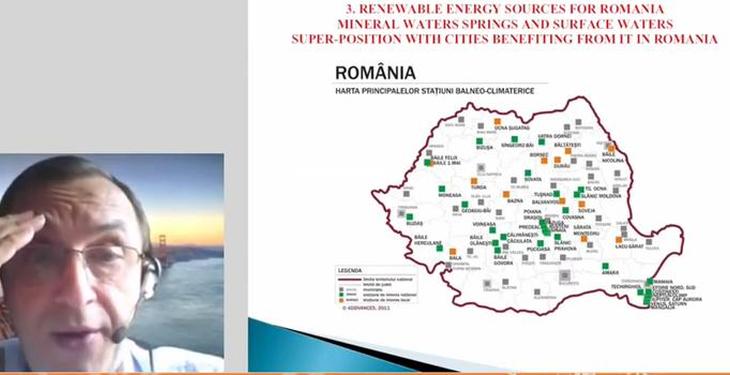About 178 city halls in Romania signed the Action Plan for Sustainable Energy, said Robert Gavriliuc, president of the Romanian Geoexchange Society, at the conference “Oil&Gas and Geothermal – Transferable skills and technologies”, organized by Energynomics.
“Geothermal energy can be used either for the production of electricity, if the internal temperature allows it, or for heating office and public buildings – schools, hospitals and other buildings. Everything depends on the needs of the respective buildings. There are many cities that still have district heating, i.e. there are 69 district heating systems working in Romania. They can implement geothermal energy, based on deep or shallow solutions, and systems can be used for both heating and cooling,” Gavriliuc said.
Shallow geothermal resources, which are in the surface layer up to 400 meters, can generate energy from the sun through direct radiation, but also from the geothermal stream. “Romania has been blessed with such resources, being one of the richest European countries from this perspective. Unfortunately, we are not using these resources. We can see on the map of Romania a very interesting overlap of these resources with the cities.”
DOWNLOAD THE PRESENTATION OF ROBERT GAVRILIUC
At the same time, deep resources point to a concentration in the western part of the country, at the border with Serbia and Hungary, from Timișoara to Satu Mare, as well as in remote areas such as Călimănești – Cozia – Căciulata or the northern part of the Bucharest and Ilfov region. The area may be larger, as the map was made in 1960-70, after exploration of hydrocarbon resources. Thus, geothermal resources remain largely untapped.
The conference “Oil&Gas and Geothermal – Transferable skills and technologies” was organized by Energynomics, with the support of our partners Chinook Consulting Services și Huawei.
150 people registered on the MyConnector platform to participate in the dialogue.
